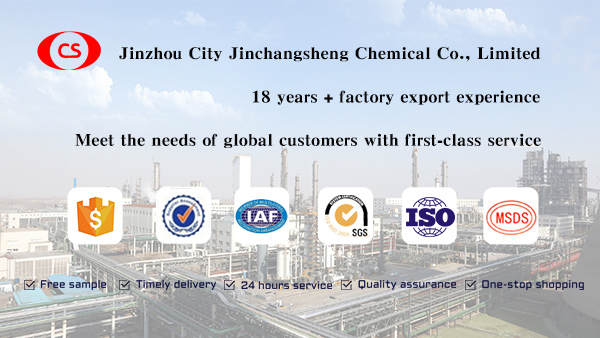-
Acrylic acid properties and safety measures and emergency treatment
Special Warning: Flammable liquid, strong irritant. Physical and chemical properties: colorless liquid with pungent odor. Miscible with water, miscible in ethanol, ether. Molecular weight 72.06, melting point 13°C, boiling point 141°C, relative density (water=1) 1.05, relative vapor density (air=...Read more -
What is acrylic acid material? Properties and uses, is acrylic acid a hazardous chemical?
Acrylic acid is an organic material, an inorganic tetrabasic acid, the chemical formula is C3H4O2, the CAS number of acrylic acid: 79-10-7, the un number of acrylic acid is 2218 (un number), density: 1.051g/cm3, melting point: 13°C, Boiling point: 140.9°C, flash point: 54°C. The appearance of acr...Read more -

Acrylic paint selection skills
The key to choosing acrylic paint is to be environmentally friendly. Nowadays, home decoration is very polluting, and harmful substances such as VOC, CAC, benzene, toluene, formaldehyde, and heavy metals will cause serious harm to health. Cause reproductive system, cardiovascular and cerebrovascu...Read more -
Acrylic as paint
What is Acrylic Paint? 1. Acrylic paint is a single-component self-drying weather-resistant and anti-corrosion coating prepared by advanced technology based on traditional acrylic resin roots, adding long-life chlorosulfonated polyethylene rubber, weather-resistant pigments and fillers, and weath...Read more -
Frequently Asked Questions About Hydroxypropyl Methyl Cellulose(4)
19. What is the difference between HPMC and MC? ——Answer: MC is methyl cellulose, which is made of cellulose ether by treating refined cotton with alkali, using methane chloride as etherification agent, and going through a series of reactions. Generally, the degree of substitution is 1.6~2.0, and...Read more -
Frequently Asked Questions About Hydroxypropyl Methyl Cellulose(3)
11. What is the gel temperature of hydroxypropyl methylcellulose related to? ——Answer: The gel temperature of HPMC is related to its methoxy content. The lower the methoxy content↓, the higher the gel temperature↑. 12. Is there any relationship between the drop of putty powder and HPMC? ——Answer:...Read more -

Frequently Asked Questions About Hydroxypropyl Methyl Cellulose(2)
6. What is the appropriate viscosity of hydroxypropyl methylcellulose (HPMC)? ——Answer: Generally, 100,000 yuan is enough for putty powder, and the requirements for mortar are higher, and 150,000 yuan is required for easy use. Moreover, the most important function of HPMC is water retention, foll...Read more -
Frequently Asked Questions About Hydroxypropyl Methyl Cellulose(1)
1. What is the main application of hydroxypropyl methylcellulose (HPMC)? ——Answer: Hydroxypropyl methylcellulose is widely used in construction materials, coatings, synthetic resins, ceramics, medicine, food, textiles, agriculture, cosmetics, tobacco and other industries. Hydroxypropyl methylcell...Read more -
What are the dissolution methods of hydroxypropyl methylcellulose (HPMC)?
HPMC can be divided into instant type and hot-dissolution type. Instant type products disperse quickly when they encounter cold water and disappear into the water. At this time, the liquid has no viscosity because HPMC is only dispersed in water without real dissolution. About 2 minutes, the visc...Read more -
The Difference Between Hydroxypropyl Methyl Cellulose and Hydroxyethyl Cellulose
Hydroxypropyl methylcellulose, also known as hypromellose and cellulose hydroxypropyl methyl ether, is made from highly pure cotton cellulose and is specially etherified under alkaline conditions. The characteristics are different: Hydroxypropyl methylcellulose: white or white fiber-like powder o...Read more -
Prospects for downstream demand of xanthan gum
1. Demand for food grade xanthan gum In recent years, the economic prosperity of developing countries, especially the BRIC countries and Saudi Arabia, has brought about the rapid growth of the food and beverage industry, which will become the main driving factor for the global demand for food-gra...Read more -
Industrial Chain Structure Analysis of Xanthan Gum Industry
Xanthan gum, also known as xanthan gum, xanthan gum, and xanthomonas polysaccharide, is a monospore polysaccharide produced by the fermentation of Pseudoxanthomonas. The upstream industry of xanthan gum is mainly corn starch, which is a deep-processing product of corn. At present, my country̵...Read more



